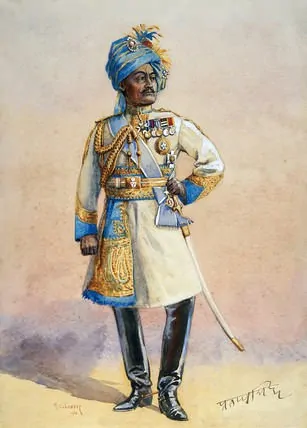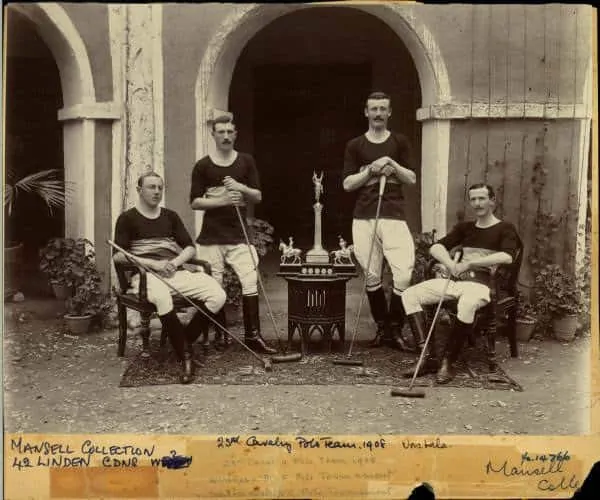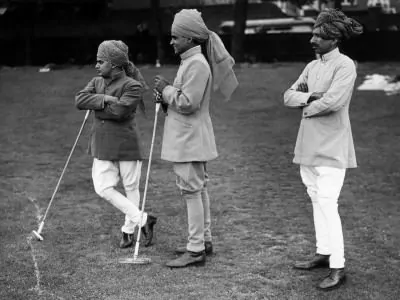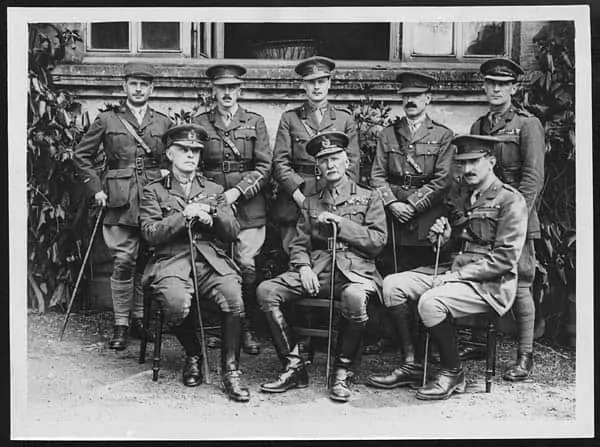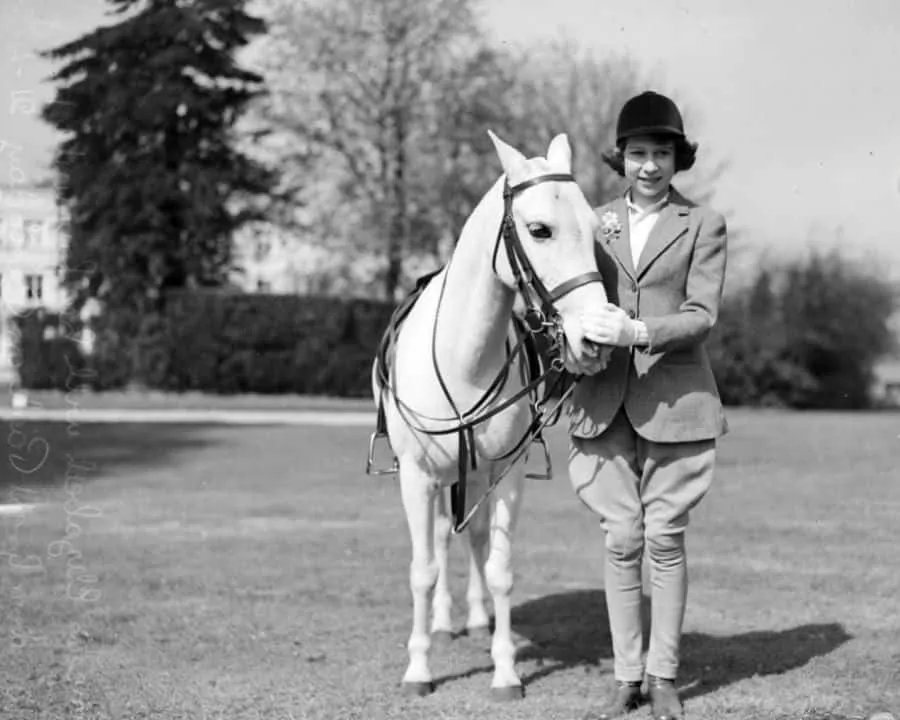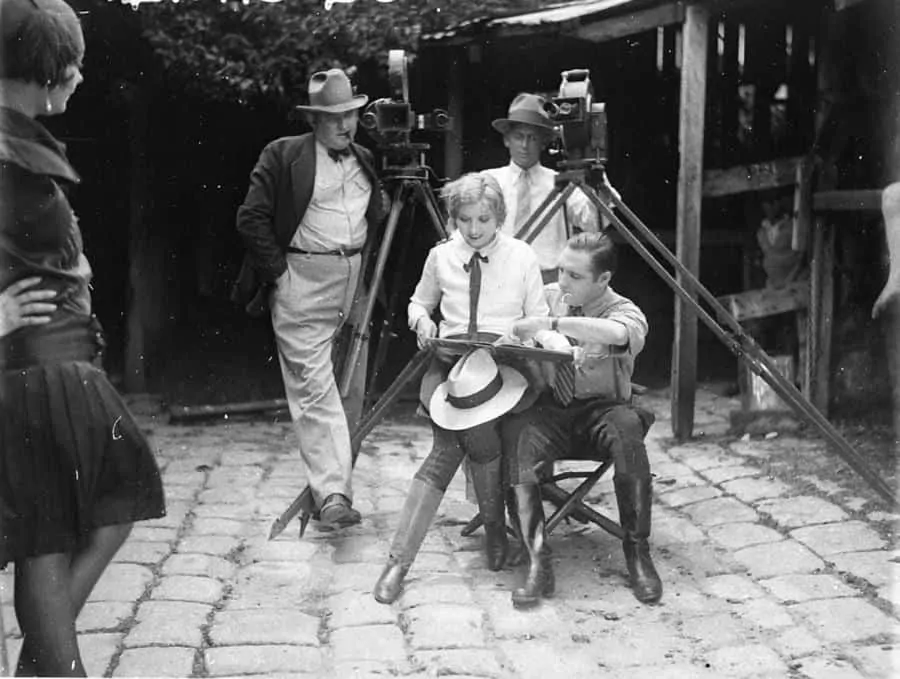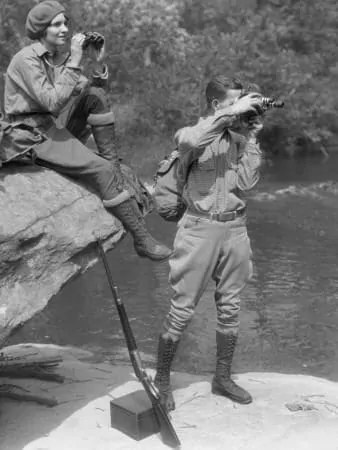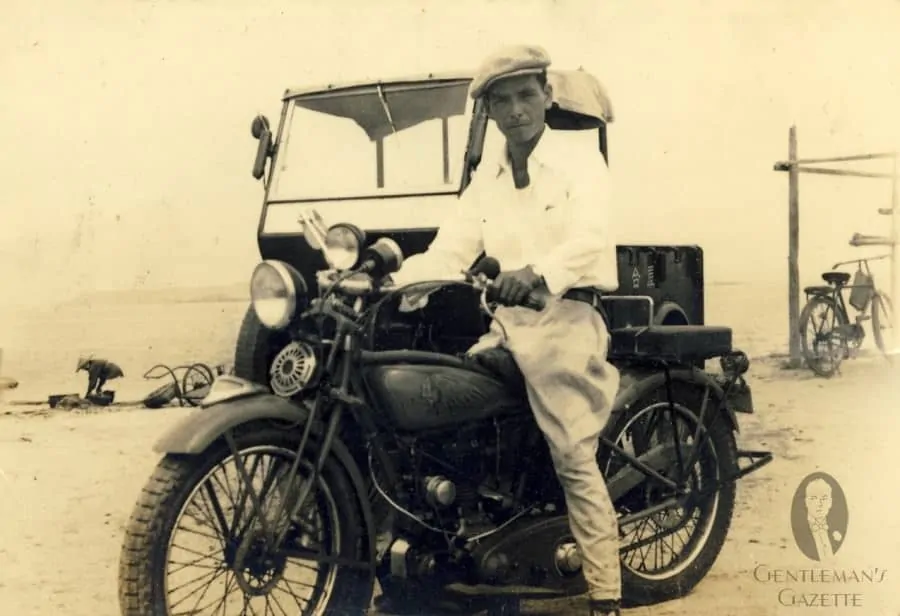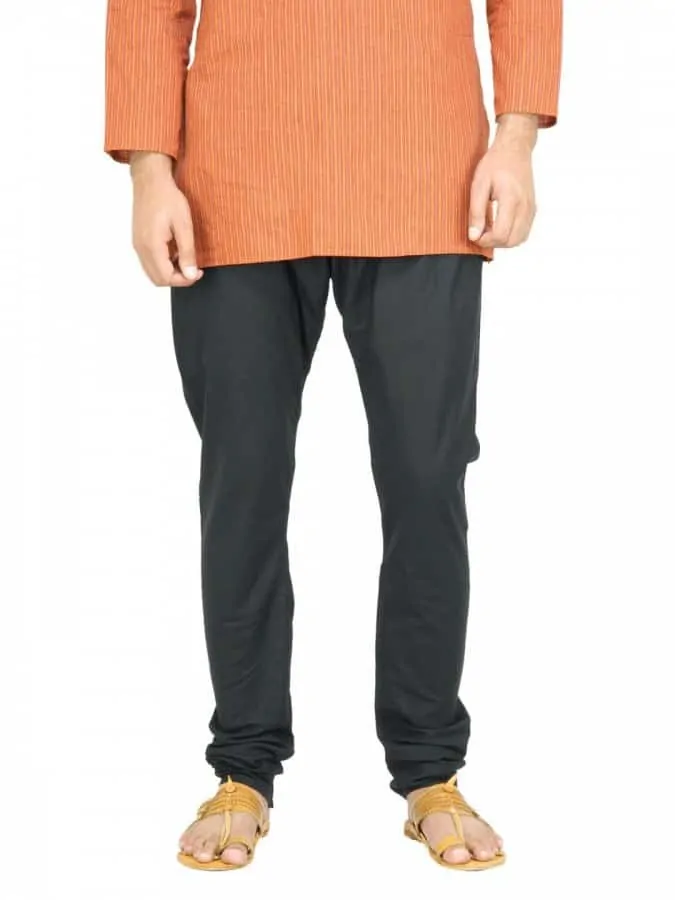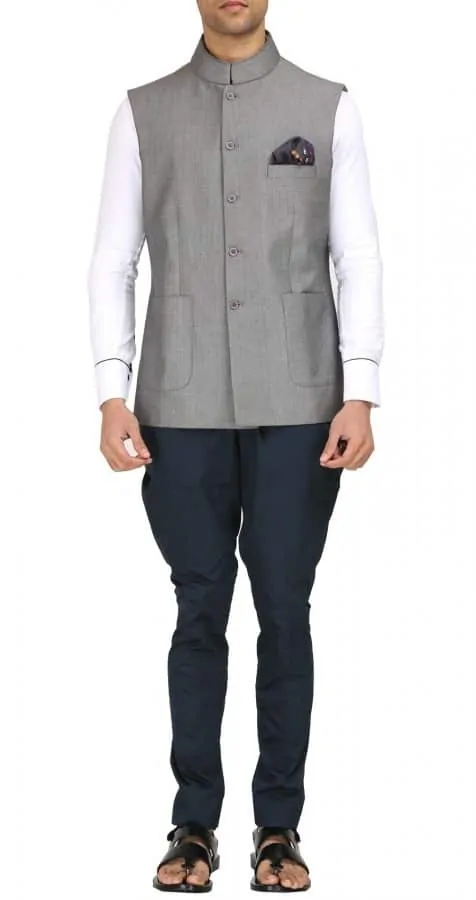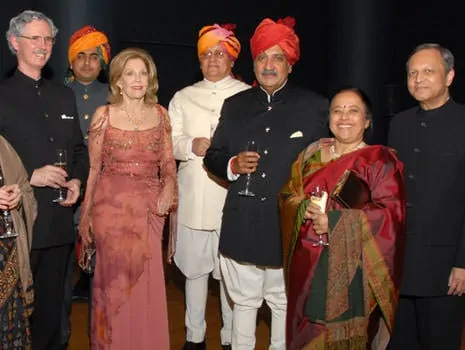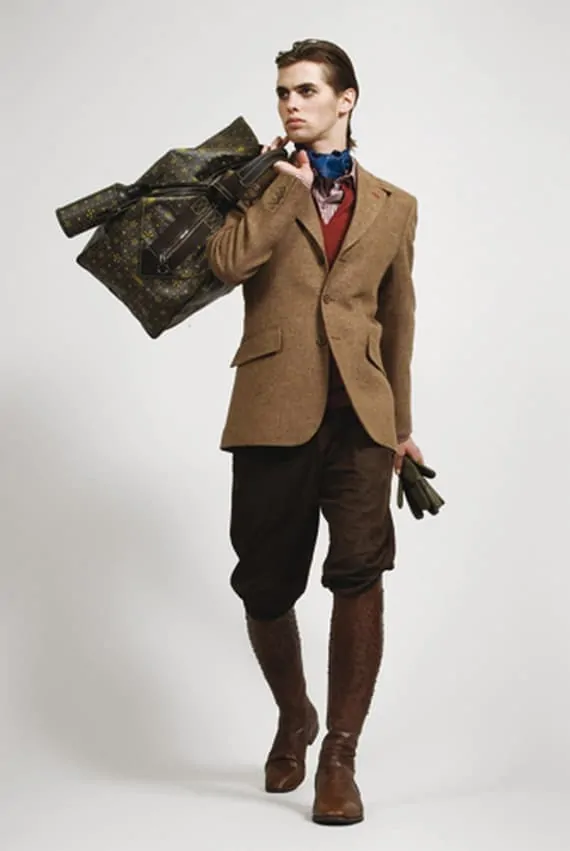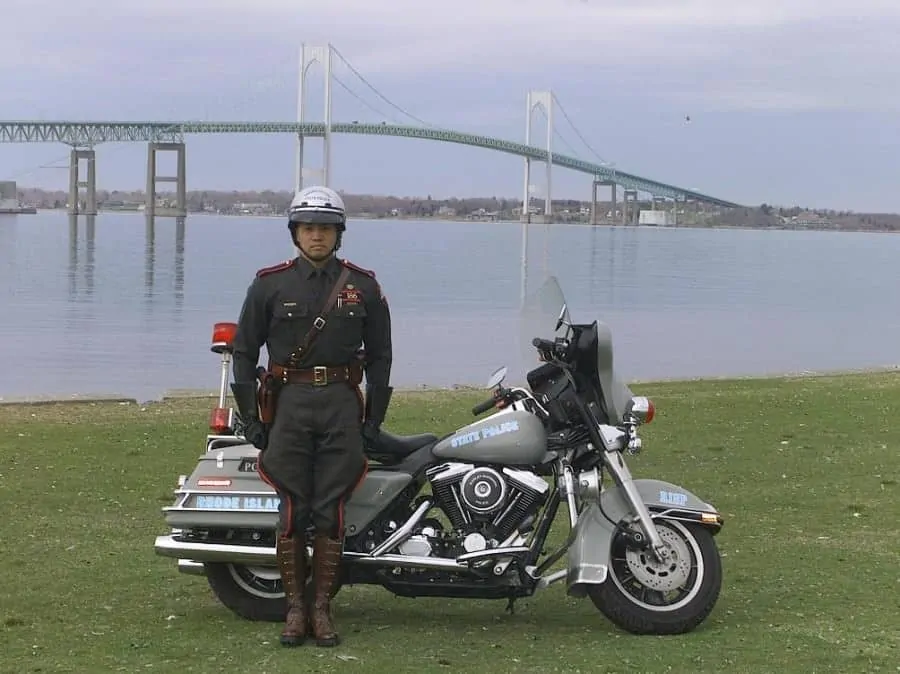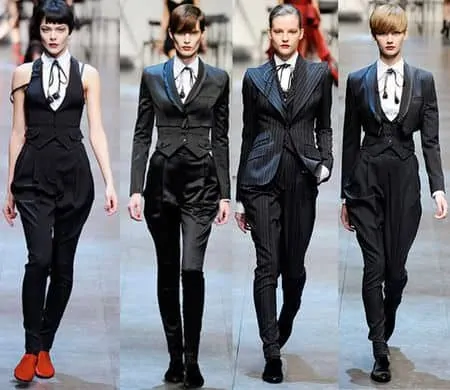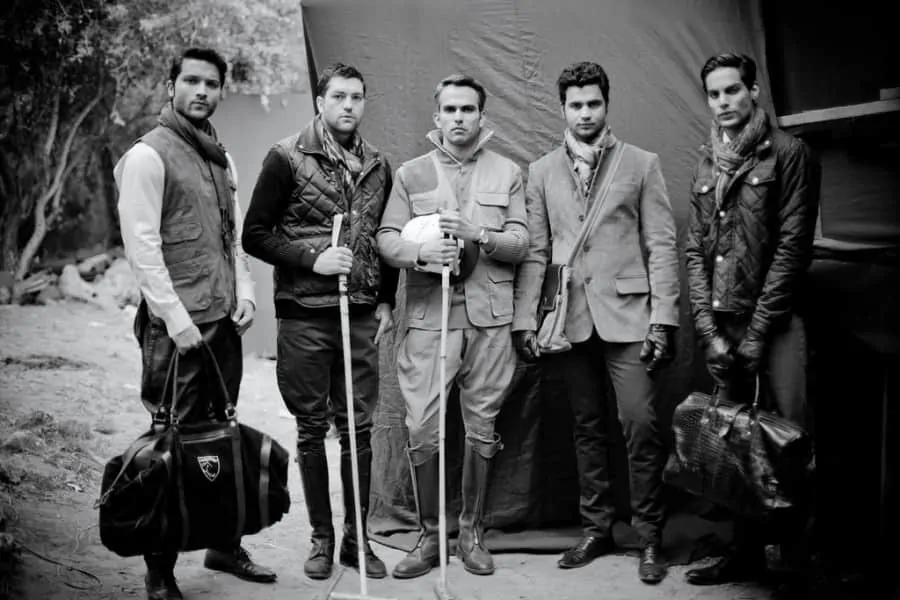The Jodhpur pants or Jodhpurs, as they are commonly called in the western hemisphere, has like many classic men’s wear pieces, an equestrian root . Like many other garments they too have made the transition into menswear and have become the gold standard for traditional formal wear in India.
It is also seen as an alternative (paired with the Nehru jacket) to the western tuxedo in black tie events in India. Interestingly, they have not shed their equestrian roots to make a similar transition into men’s wear in the rest of the world. Please note that I have specifically mentioned menswear as they have been successfully adapted into the women’s wear collections of most major designers around the globe. In India, the Jodhpur pants have also successfully made another transition from formal wear to informal wear and is gaining in popularity across the region. It remains to be seen whether the rest of the men’s fashion world will make use of this classic piece of clothing in the near future.

